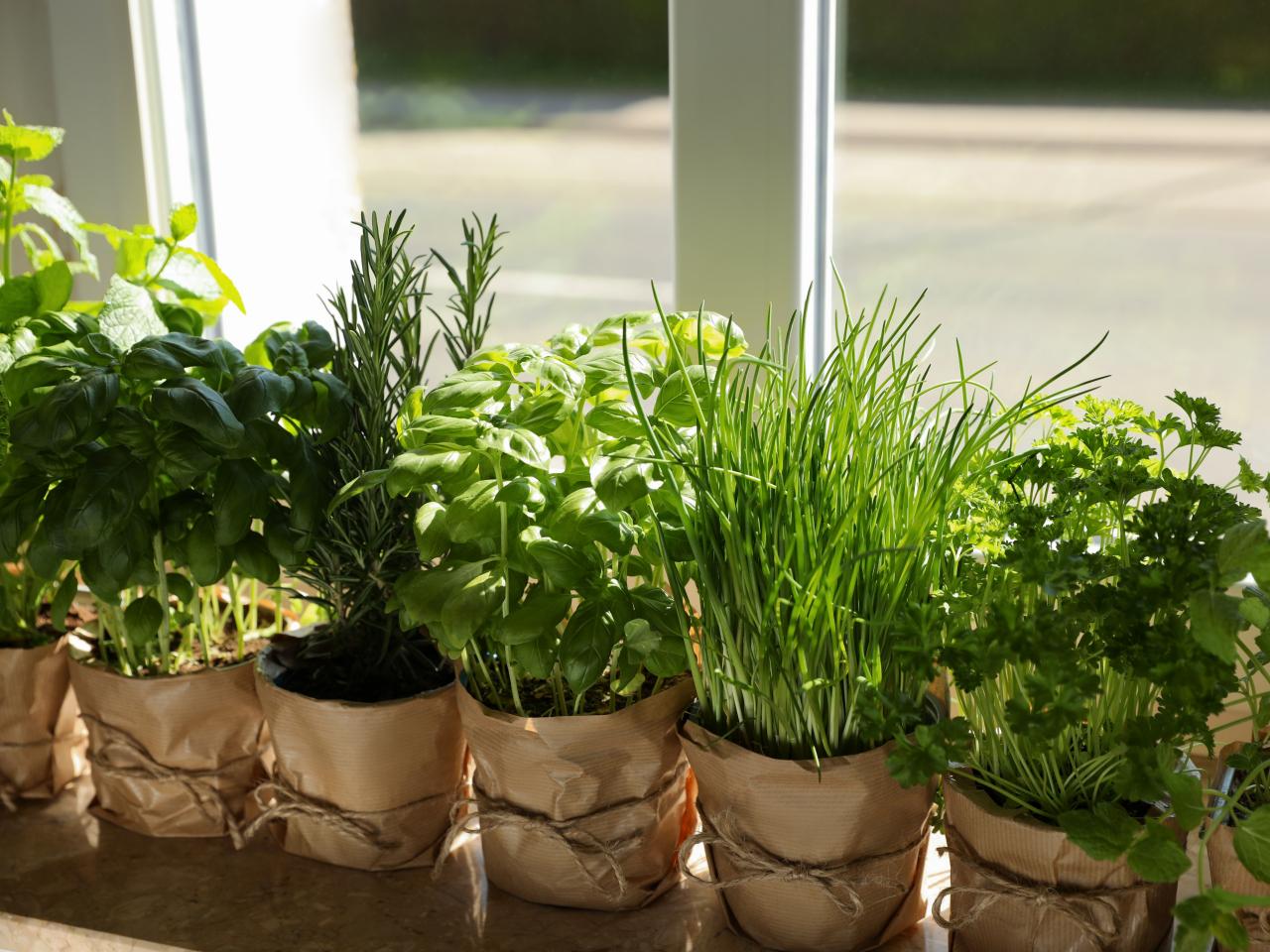Creating a Thanksgiving herb garden: How to grow herbs for your holiday meals

JACKSONVILLE, Ill. — As Thanksgiving approaches, many of us start planning our holiday meals. While turkey, cranberries and pumpkins may get most of the attention, herbs also play an important role in our Thanksgiving meals. Herbs like sage, thyme, rosemary, parsley and chives provide flavor and a pleasing aroma to our meals. They can also easily be grown indoors to be enjoyed throughout the winter.
Commonly used herbs for the holidays
A variety of different herbs are used around the holidays and can also be used throughout the year. A few examples of commonly used herbs include:
- Sage: If you have stuffing (or dressing) during the holidays, odds are you’re using sage. Sage is a shrubby, perennial plant that can grow to be 2-3 feet tall and tends to sprawl as it ages. The leaves are slightly fuzzy and have a pebbly texture.
- Thyme is a perennial plant that forms a mound around 6 to 12 inches tall and wide. Plants will produce woody stems and have small, gray-green leaves. There are many types of thymes, but French and English thymes are the most popular for culinary use.
- Rosemary is another woody, perennial plant. Rosemary is not reliably hardy in zone 6 or colder so it is often grown as an annual, but it can be brought indoors and overwintered. Rosemary grown indoors often dries out quickly, not because of lack of soil moisture, but because of low humidity.
- Parsley is often overlooked or simply used as a garnish, but it can be used in stuffings and in rubs for turkey, among other things. Parsley is a biennial that is grown as an annual. Flat-leaf parsley is used in cooking because it has more flavor, while curly parsley is used as a garnish.
- Chives can be used to add flavor to mashed potatoes or as a garnish to brighten up a dish. They are clump-forming perennials that grow from underground bulbs. Their leaves are round and hollow and will produce pink flowers in the summer which are also edible.
Growing herbs indoors
When selecting a container to grow herbs in, make sure it has drainage holes. Use a good-quality potting mix and avoid using garden soil. Use a water-soluble fertilizer every two weeks for herbs following the label directions, but don’t fertilize more often. Fertilizing too much can negatively affect the flavor and aroma of your herbs.
Herbs need a minimum of 6-8 hours of bright light each day. Windows with southern exposure are often a good option. However, if your windows don’t receive enough light during the winter months, you can use supplemental lighting.
Unfortunately, supplemental lighting is not equivalent to natural light, which is why the lights need to be on longer. For every one hour of natural light, you need around two hours of supplemental lighting, meaning lights should be on for 12 to 16 hours a day.
Most herbs will grow best with temperatures between 50 and 70 °F. Avoid placing plants near heat vents, which can quickly dry pots out. Heated air also causes homes to be rather dry. Clustering plants together, placing pots on a tray of water and pebbles, or running a small humidifier can help increase humidity near the plants.
Miss Clipping Out Stories to Save for Later?
Click the Purchase Story button below to order a print of this story. We will print it for you on matte photo paper to keep forever.

